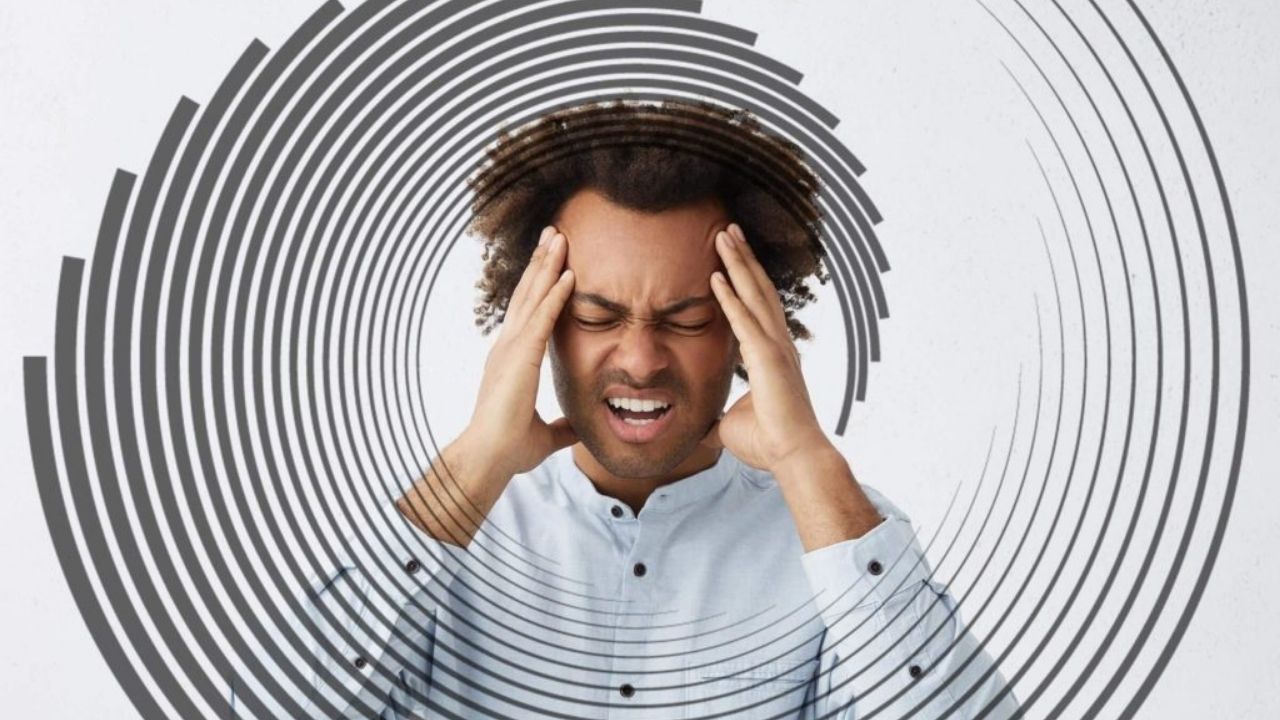Dizziness is an inappropriate perception of one’s body in space. This is a fairly common symptom of both neurological and mental, somatic diseases. In a lifetime, an average of 15–35% of the population encounters dizziness. Most often these are people after 60 years – 20%, after 70 – 30% and after 80 – 50%.
Regular bouts of dizziness when standing up significan tly impair quality of life and can lead to injury from falling. This is especially dangerous for the elderly. For people of working age, such manifestations in the body often cause temporary loss of the ability to work fully.
There are 5 main types of dizziness :
- vestibular;
- lipotimic;
- postural;
- cervicogenic;
- psychogenic.
Vestibular vertigo develops due to damage or physiological stimulation of the peripheral vestibular apparatus and central autonomic structures. As a rule, difficulties with orientation in space arise when rotating the head. All this goes away with loss of balance, periodic falls, nausea and other unpleasant manifestations.
Lipotimic dizziness occurs with lightheadedness after excessive insulin use or insulinoma. A characteristic symptom is “fog” in the head. A similar condition can occur after taking medications that depress the central nervous system. For example, tranquilizers.
Postural vertigo occurs as a result of various gait disorders.
Cervicogenic dizziness is provoked by diseases of the cervical spine. Dizziness with this pathology becomes a consequence of painful sensations and limited mobility of the neck.
Psychogenic dizziness is characteristic of people with neuroses and personality disorders. Such attacks are manifested due to feelings of anxiety, panic attacks in various situations. This type is usually described as a feeling of unsteadiness, the presence of a heaviness in the head, a feeling of intoxication. Oscillatory eye movements in this case are absent, but, unlike other varieties, depression may occur afterwards. Treatment for vertigo in women and men includes psychotherapy, vestibular exercise, and antidepressant medication.
Symptoms of dizziness and imbalance
People who experience dizziness are more likely to describe their condition as follows:
- sensation of body movement;
- loss of balance and tilt of the body to one side;
- feeling of tension, squeezing in the head;
- falling for no reason;
- wobbly gait or loss of her confidence.
Symptoms may only get brighter with changes in body position or head rotation. Dizziness can come on suddenly and become so severe that you will need to sit up or lie down abruptly. It can last a day or even several, although more often it is limited to a few minutes.
Causes of dizziness
There are many reasons for dizziness – from diseases of the inner ear to taking certain medications. The most serious ones are determined by pathologies of blood circulation in the brain, as well as tumors or damage to the brain after falls or severe blows.
In many situations, the causes of severe dizziness are diseases of the inner ear, benign paroxysmal positional dizziness, Meniere’s disease. Also, infectious ear diseases are often the basis.
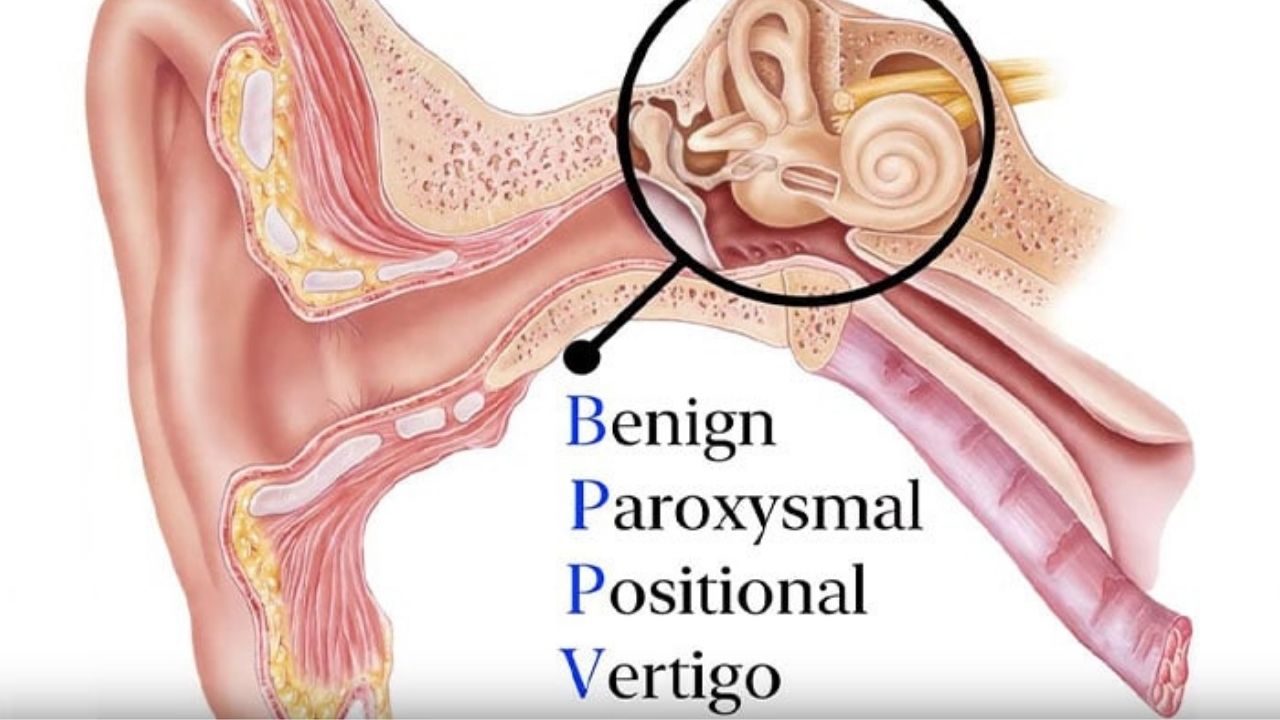
Inner ear infections
Vestibular neuritis and labyrinthitis are disorders that result from infections. They cause inflammation of the inner ear, or the nerve that connects the inner ear to the brain. After that, the transmission of sensory information from the ear to the brain is disrupted. The result is hearing impairment and balance problems.
Inner ear infections are caused by viruses or bacteria. You can find out about the presence of viruses in the body by the symptoms of an internal respiratory tract infection. Its manifestations are noted several weeks before the onset of dizziness. You can get an infection at any age.
The structure and function of the the inner ear
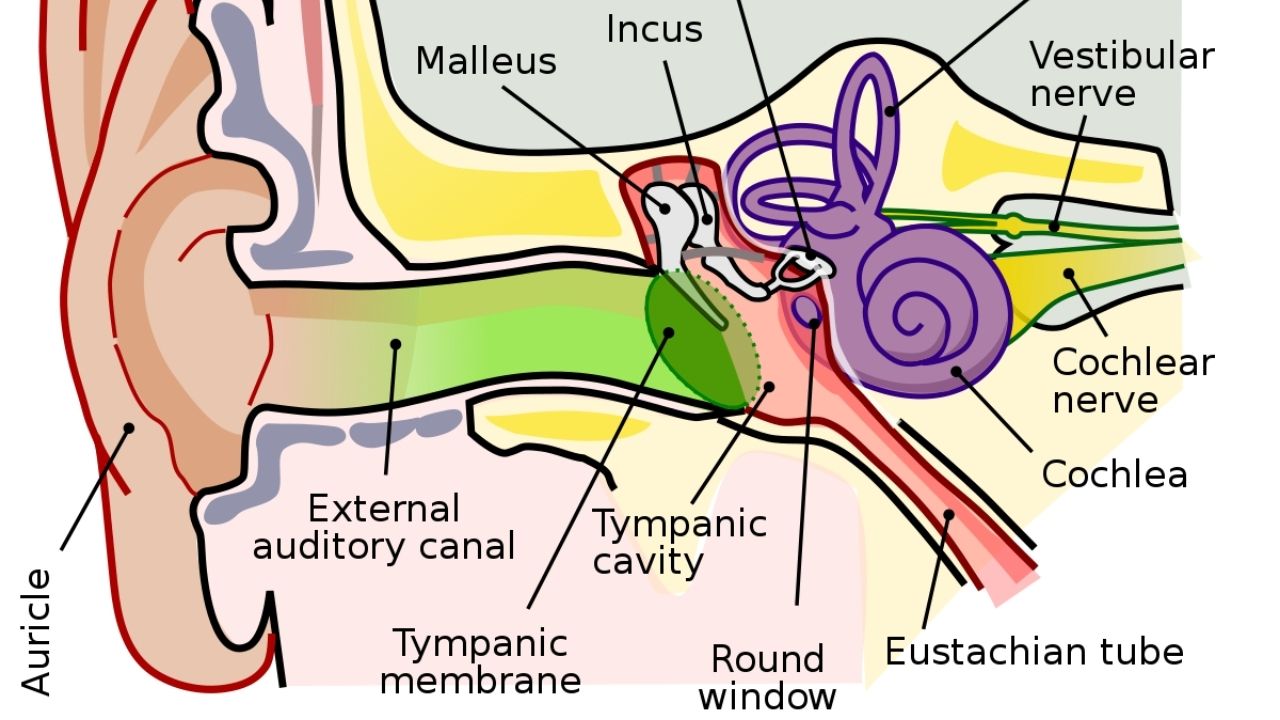
Ear anatomy
The inner ear includes a system of tubes and sacs that are filled with fluid. All this is called a labyrinth, whose functions are hearing and balance. Sound signals from the labyrinth are transmitted to the brain through the vestibulo-cochlear nerve with two branches. One transmits messages from the organ of hearing, and the other from the organs of balance.
The brain processes balance signals sent through the vestibular nerve from the right and left ear. When one side is infected, it sends out false signals. This is how information is presented that does not correspond to reality, which leads to dizziness.
Vestibular neuritis (nerve inflammation) affects the branch associated with balance. This leads to dizziness, a violation of the sense of oneself in space, a sharp movement of the eyeballs with a fast phase, but there are no transformations with hearing. A person may feel that objects are moving around, and when doing coordination exercises, he will usually make mistakes.
Also, experts use the term “vestibular neuronitis” (damage to sensory neurons of the vestibular ganglion). Its symptom is a pronounced, rapidly developing, paroxysmal dizziness. It is often characterized by vomiting and imbalance. Often, the development of symptoms of dizziness is preceded by ARVI. Sometimes, a few weeks before the detailed clinical picture, patients may notice short attacks of loss of balance.
Labyrinthitis (inflammation of the labyrinth) occurs when an infection affects both branches of the cochleo-vestibular nerve. Then hearing changes, dizziness attacks occur. Even with small turns of the head, the symptoms become more pronounced. Therefore, some people have to support their head with their hands.
Benign paroxysmal positional vertigo (BPPV)
BPPV is one of the most common causes of vertigo , which occurs with sudden head movements and waving. The duration of the state is limited to a few seconds or minutes. It occurs when calcium crystals (otoliths) in the inner ear begin to move. Because of this, the sensation of body rotation occurs.
The causes of BPPV are a history of crani ocerebral trauma, as well as otitis media. Often, the cause of the disease cannot be identified. Then the diagnosis is confirmed by taking a Dix-Hallpike sample. To do this, the patient quickly lies down from a sitting position and lowers his head slightly, turned 45 degrees. The test is positive if, after a couple of seconds, an attack of dizziness and nystagmus occurs.
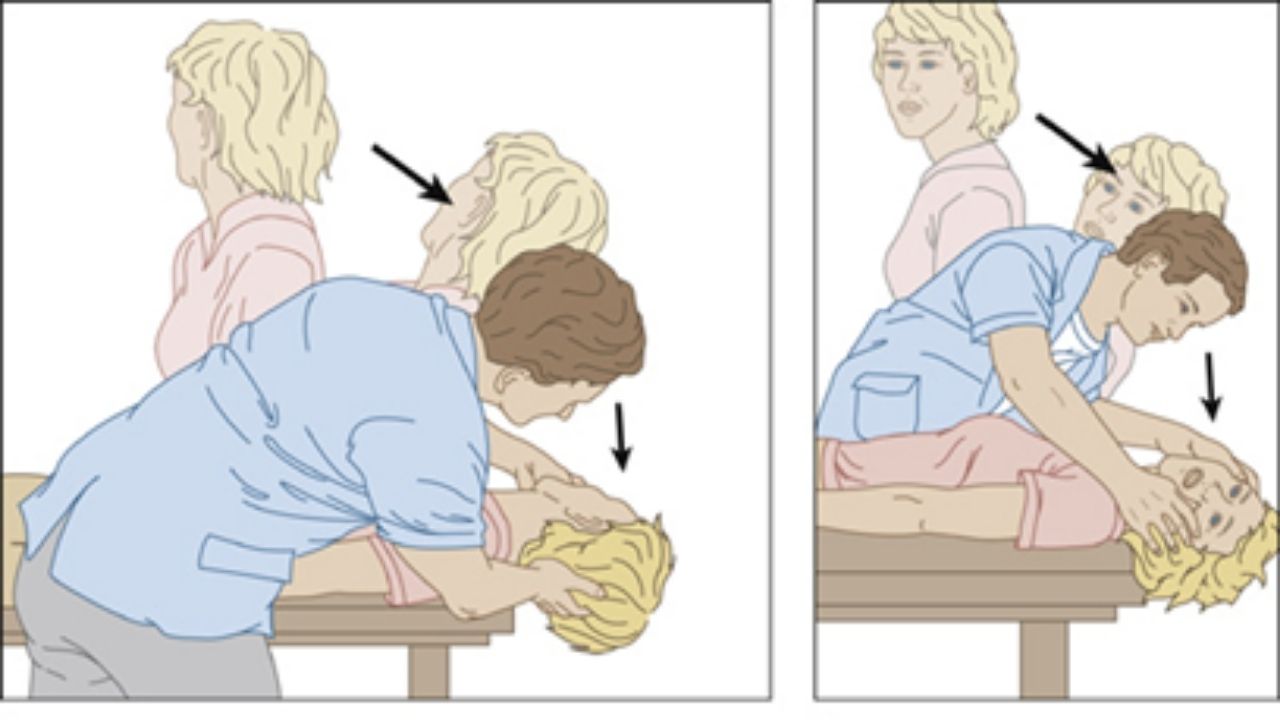
BPPV treatment
Operations are carried out when repositioning techniques do not lead to anything. Surgical interventions carry the risk of complications in the form of facial nerve injury and hearing loss.
Possible operations include:
- blockage of the posterior semicircular canal;
- removal of the vestibular nerve;
- labyrinthectomy;
- selective neurectomy.
Meniere’s disease
A disease characterized by repeated attacks of rotational vertigo. They last for several hours and are not without tinnitus, congestion or distention, and hearing impairment. It occurs in about 0.2% of the population, usually people from 40 to 60 years old. The disease is based on the expansion of the endolymphatic system in the inner ear, which leads to degeneration of the labyrinth receptors.
The disease has the following manifestations:
- dizziness;
- unsteady gait;
- hearing impairment;
- problems with the perception of sounds;
- nausea and vomiting;
- tinnitus.
Treatment of Meniere’s disease
Treatment of an attack occurs by taking vestibulosuppressants. Prevention of the disease necessarily includes adherence to a low-salt diet, avoiding alcohol and caffeine, and the use of betahistine and diuretics.
If the chosen therapy does not lead to positive dynamics, more serious treatment is required. These can be injections of drugs directly into the ear or surgery.
Diagnostics for dizziness
In case of dizziness, patients undergo Khalmagi tests to identify the level of the vestibulo-ocular reflex. Its violation speaks of central and peripheral lesions.
The Khalmagi test does not require the use of additional equipment and long-term preparation. The patient needs to stop looking at the bridge of the nose of the specialist who is sitting opposite. In this case, the doctor holds the patient’s head with both hands and turns it from side to side by 15 degrees. With a normal vestibulo-ocular reflex, the eyes remain looking at a given point. If there is a violation, then the gaze turns with the turn of the head.
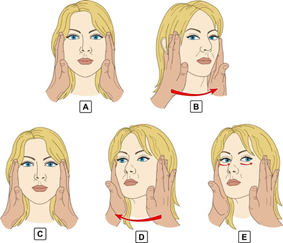
Severe dizziness with repeated bouts of vomiting lasts up to 3-4 days, after which the patient recovers. Recovery can take up to several months. In older people, it is usually prolonged and often incomplete. If no positive dynamics is observed within a month, then you need to conduct an MRI of the brain and audiometry to exclude Meniere’s disease.
When should you see a doctor?
The alarm should be sounded if the dizziness becomes regular or persistent. Immediate help is needed if you experience severe dizziness and unsteadiness, combined with the following symptoms:
- a sharp headache;
- painful sensations in the chest area;
- labored breathing;
- numbness or weakness in the limbs;
- fainting;
- fast or intermittent heartbeat;
- slow or slurred speech;
- coordination problems;
- ongoing vomiting;
- convulsions;
- sudden hearing loss;
- numbness or asymmetry of the face.
Vertigo treatment
Vestibular neuronitis treatment
When a diagnosis is made, the patient is hospitalized, but outpatient treatment is sometimes acceptable.
In either case, treatment should be aimed at reducing the degree of dizziness, stopping vomiting and accelerating vestibular compensation.
Symptomatic therapy includes the administration of vestibular suppressants. For vomiting, injectable forms of drugs are used. The duration of treatment is determined by the complexity of the manifestations of dizziness. However, in most cases, they are taken no longer than 3 days. An additional effect is provided by a course of corticosteroids and antiviral drugs for middle ear infections.
The vestibular apparatus is best stabilized by special exercises. At first, it can negatively affect the state of health, but after 2-3 days, therapy should stabilize the condition. You need to repeat gymnastics at least twice a day.
Tumors of the cerebellopontine angle (acoustic neuroma)
Quite a rare cause of dizziness. It manifests itself as slowly progressive hearing impairment and tinnitus. Rotational dizziness is rare, but instability is common. For some time, vestibular disturbances may be the only symptom of the disease.

Vertebrobasilar insufficiency and cerebrovascular diseases
Differs in the development of reversible dysfunctions of the brain stem, cerebellum and other structures, the blood to which enters through the basilar and vertebral arteries. Ischemic attacks can occur due to violations of their patency. The reason is atherosclerotic changes, vascular hypoplasia. Slightly less often, inflammation, extravasal compression of the vertebral artery (with a neck injury) or dissection of the artery become a prerequisite.
The key reason for the loss of coordination with dizziness is malfunctioning of small arteries with high pressure, diabetes mellitus, or two diseases together. According to statistics, cerebral circulation disorders account for about 6%. Dizziness at normal pressure can be caused by malfunctions in the functioning of both the labyrinth itself due to circulatory problems, and a violation in the area of various brain systems.
Most patients with vertebrobasilar insufficiency are diagnosed with other neurological symptoms. Separately, dizziness with vascular problems is very rare. In such situations, further diagnosis is required to remove other associated factors.
You should not associate attacks of dizziness when changing the position of the head with compression of the vertebral arteries. Often, the rapid development of severe dizziness along with nausea, vomiting and increased blood pressure can be perceived as a signal of the development of cerebrovascular disease. But it usually rises due to severe dizziness and stress.
If a person is suspected of having a stroke, it is necessary to urgently hospitalize for examination and immediate treatment. At the hospital, an MRI scan of the brain is performed, which in case of a stroke will show a focal lesion of the cerebellum or brain stem.
Vestibular migraine

Vestibular migraine is rarely diagnosed, although it is regarded as a common cause of recurrent non-positional vestibular vertigo. Its manifestations are dizziness of varying severity in combination with migraine and weakness. It can occur both during the migraine attacks themselves, and in the intervals between them.
The duration of such attacks is from 3-5 minutes to 2-3 hours, sometimes days. They are not accompanied by tinnitus or tinnitus, or hearing loss. These attacks usually recur. The diagnosis of vestibular migraine is based on the typical clinical picture, as well as in the presence of migraine and after excluding other possible causes of dizziness in women and men.
Treatment of the disease, as with ordinary migraine, includes 3 stages: elimination of provoking factors, relief of an attack and preventive measures. To eliminate vestibular migraines, anti-migraine drugs or analgesics, as well as vestibular suppressants, are taken. Prophylaxis is necessary for regular and severe attacks of vestibular migraine. Then specialists prescribe β-blockers and tricyclic antidepressants.
Demyelinating diseases (multiple sclerosis)
It happens that dizziness is diagnosed in people with demyelinating lesions of the central nervous system, especially with multiple sclerosis. Diagnostic difficulties can occur when dizziness develops at the onset of the disease without other manifestations or with their moderate severity. Dizziness in this case can be mixed, and also be characterized by a persistent course. To confirm the diagnosis, the patient needs to undergo an MRI of the brain with intravenous contrast.
Multiple sclerosis treatment
The most important thing in treating this diagnosis is the elimination of life-damaging sensations and related disorders: difficulties with coordination, hearing or vision. Treatment is determined by the cause of dizziness in men and women and the mechanisms of its development. It is important to guarantee almost complete independence of the patient in everyday life, try to avoid sources of stress and minimize the risks of falls and injuries.
Relief of symptoms includes the use of vestibulolytics. The time of their reception should be short and discussed with the doctor, because the suppression of the nerve formations does not allow the development of compensatory changes. The effectiveness of treatment increases with regular gymnastics, as well as exercises to restore the stable functioning of the vestibular apparatus.

Therapy is also important to improve coordination, stabilize the gait, and develop the person’s skills to avoid future balance problems. Usually, physiotherapy exercises are used for this, which not only reduces discomfort, but also gives independence when moving.
Diagnosis of vertigo
- CT of the temporal bones and MRI of the brain;
- Ultrasound of the vessels of the neck;
- Audiometry;
- Reception of a neurologist;
- Reception of an ENT doctor;
- Reception of a therapist;
- Diagnostic tests to verify BPPV and vestibular neuronitis
Sources of
- Diagnostics and treatment of balance disorders in diseases of the nervous system. Clinical guidelines, Moscow, 2017.
- Jahn K, Kressig RW, Bridenbaugh SA, Brandt T, Schniepp R. Dizziness and Unstable Gait in Old Age: Etiology, Diagnosis and Treatment. Dtsch Arztebl Int. 2015 Jun 5; 112 (23): 387-93. doi: 10.3238 / arztebl.2015.0387.
- Neurology: Handbook of a practicing physician / D.R. Shtulman, O.S. Levin. – 6th ed., Add. and perab. – M .: MEDpress-inform, 2008. – 1024 p.
- Brandt T., Dieterich M., Shtrupp M. Vertigo: trans. from English // M .: Practice, 2009.
- Parfenov V.A., Zamergrad M.V., Melnikov O.A. Dizziness: Diagnosis and Treatment, Common Diagnostic Errors: A Study Guide. // M .: MIA, 2009.
- V. Parfenov, N. Bestuzheva. Diagnostics and treatment of vertigo in outpatient practice // Doctor, 2012
- Neurology. National leadership. Short edition / ed. E. I. Guseva, A. N. Konovalova, A. B. Gekht. – M .: GEOTAR-Media, 2018 – 688 p.
Expert opinion
Dizziness is a common cause of going to the doctor. Such complaints are noted in 2–5% of cases. Their number grows with age, and after 65 years it reaches 30%. Regular attacks greatly reduce the quality of life and may indicate a health hazard. If you have experienced dizziness at least once, then the likelihood of a recurrence of the attack is high. This symptom can lead to falls and injury.
